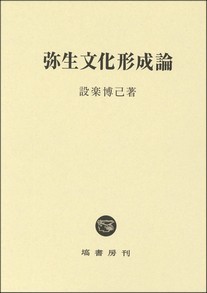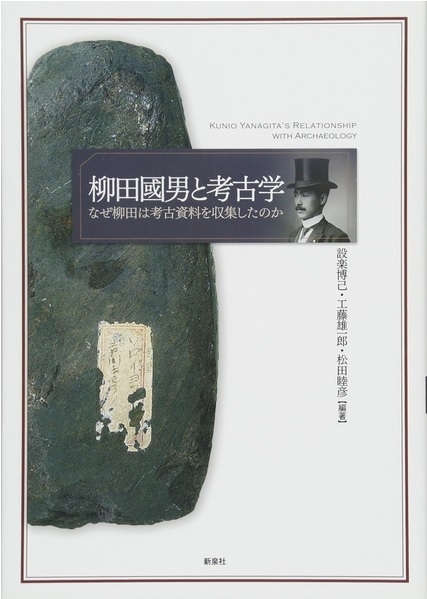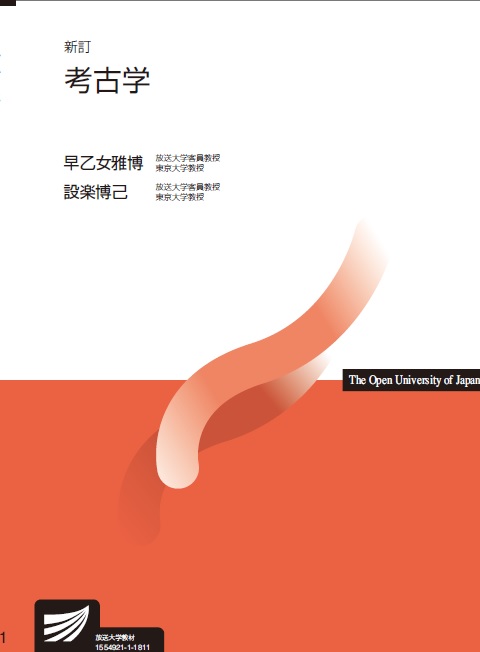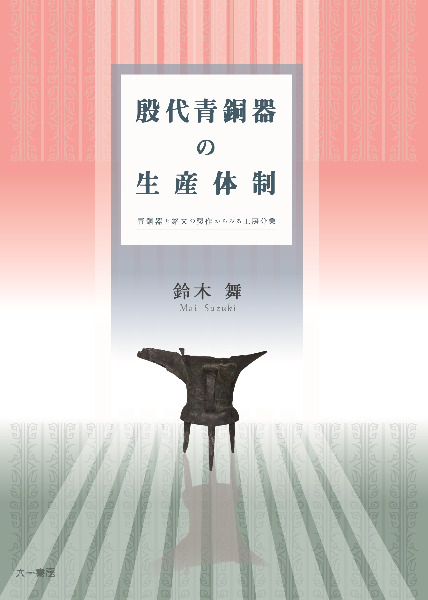
Title
Junishi ni natta doubutsutachi no koukogaku (Zooarcheology of the 12 Animals of the Chinese Zodiac)
Size
216 pages, A5 format
Language
Japanese
Released
December, 2015
ISBN
978-4-7877-1508-1
Published by
Shinsensha Co., Ltd.
Book Info
See Book Availability at Library
Japanese Page
Even in today’s world of advanced technology, the 12 animals of the Chinese zodiac are still a familiar part of our lives. We might say, “It’s the year of the rat” or “He was born in the year of the Ox.”
The 12 horary signs were born in China. They have a very long history. In the days of the Shang dynasty, which began in the 16th century B.C., the “celestial stems” were used as the names of days, with 10 days in a week and six weeks in a cycle. After the Warring States period (403–221 B.C.), in addition to the names of the days, these then began to be used in the yearly calendar and began to be used to indicate the compass directions.
In those days, these cardinals only existed in the form of words, such as “zǐ” and “chǒu”; however, by the Qin dynasty (221–206 B.C.) at the latest, “animal” meanings had been assigned to the 12 branches. Correspondence with today’s “12 animals of the Chinese zodiac” was clearly confirmed in the Lunheng, a classic text written by Wang Chong in the Later Han dynasty (25–220).
This book addresses animals and their inseparability from human existence in the form of the 12 animals of the Chinese zodiac (including the imaginary “dragon”), unearthing the history of our involvement with animals from a range of angles, including the vestiges of our use of each animal, their shaped forms, and their documentation.
Let us take a look at some examples related to the animals of the Chinese zodiac.
It is believed that in the Yayoi period people did not keep animals as livestock. However, analysis of the skulls of animals thought to be wild boars from the Yayoi period has shown that these animals were possibly raised by humans. Moreover, it is possible that humans also kept animals during the earlier Jomon period, a point that might be demonstrated by the many wild boar-shaped clay items produced at the time.
It is surprising that of the animal bones unearthed from the Sannai-Maruyama site, a site that became famous for its large Jomon village, nearly 40% belonged to hares. This is because the Jomon people mainly hunted wild boars and Japanese deer. Analysis has shown that the profusion of hare bones existed because the village population swelled beyond its capacity, increasing the pressure on hunting for animals such as wild boars.
Why does the word “yokan,” a thick, jellied dessert made of red bean paste, agar, and sugar, contain the character for sheep? Yokan appear as a Chinese snack in the Teikin Orai (14th–15th century), and the yokan consumed at that time were made from a thick soup called “geng,” which used gelatin derived from boiling lamb.
Bones exhumed from shell mounds show that the people of the Jomon era hunted and ate monkeys. They also made clay figurines of monkeys, which are thought to have been modeled after the state of childbirth. At Sanno Jinja shrines across Japan, monkeys are used as lucky charms for securing an easy delivery during childbirth; the relationship between monkeys and childbirth seems to have a long history.
One of the most famous works by naturalist extraordinaire Minakata Kumagusu was Junishiko (A Study of 12 Animals of Chinese Zodiac). The book traces the cultural history of the 12 animals, integrating a variety of knowledge, including myths and legends gleaned from sources of all ages and countries. This book includes an additional discussion on ancient artifacts, a subject that was hardly discussed by Kumagusu. This field of study belongs to the genre of zooarcheology. I hope that the book will also make you feel that archeology is a discipline that covers a wide range of subjects.
(Written by SHITARA Hiromi, Professor, Graduate School of Humanities and Sociology / 2017)



 Find a book
Find a book











